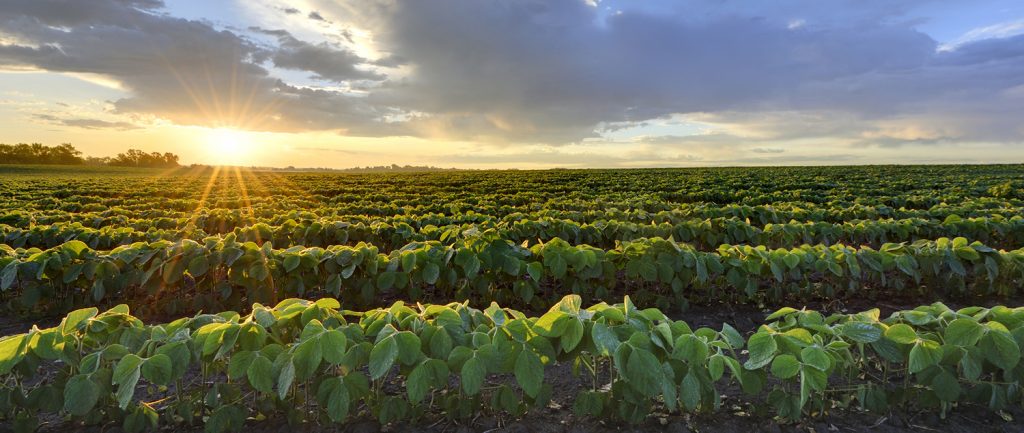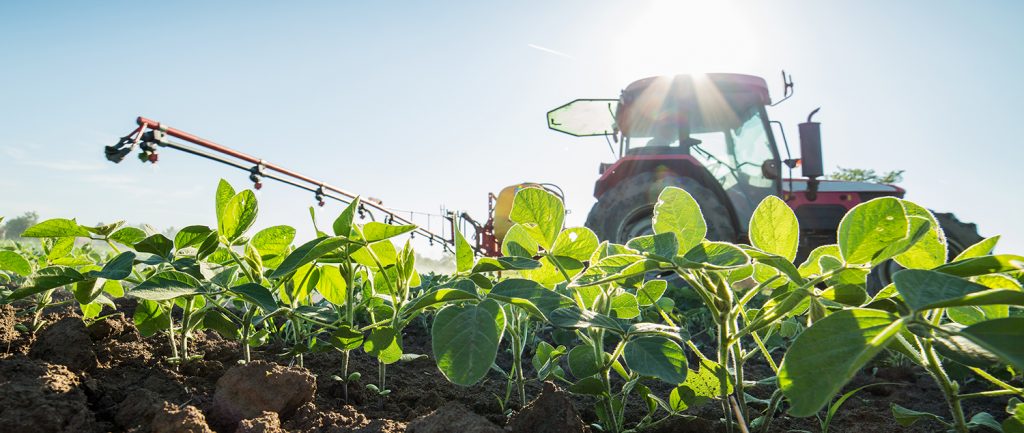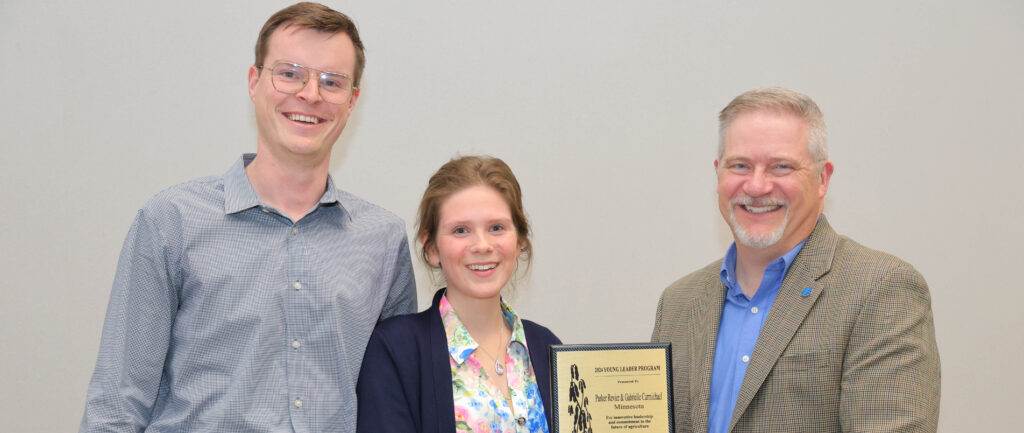The Minnesota Department of Agriculture (MDA) is moving ahead with its June 20 cutoff date for spraying dicamba.
The cutoff date was originally established by MDA, along with a restriction on spraying when the forecasted temperature for the day is 85 degrees Fahrenheit or warmer, after discussions with farmers, chemical applicators and industry.
At its June 13 board meeting, directors from the Minnesota Soybean Growers Association (MSGA), hearing concerns from its members, met with MDA and laid out the concerns on both sides of the argument to MDA officials regarding the June 20 cutoff date.
“This is an emotional issue and technology can never be the be-all, end-all solution,” says MSGA Director Bob Worth, who chaired MSGA’s Drift Task Force. “We want to make sure this technology is around for years and decades to come.”
In a June 8 letter to stakeholders, Frederickson announced there would not be any modification of the section 24 (c) label for Xtendimax™, Fexapan™ or Engenia™ herbicides for use in dicamba tolerant soybeans. The section 24 (c) label was implemented after 2017, when dicamba damage reports broke the century mark. Section 24 (c) is the state-level restrictions added to the U.S. EPA label.
In response to last year’s announcement of the 24 (c) label, farmers did express concern implementing product use if a late planting season occurred. MSGA President Michael Petefish said he heard from several members who shared these concerns, but also heard from several members who did not want the deadline extended.
“Our MSGA members had varying viewpoints on this issue, and we addressed and presented both viewpoints to MDA,” Petefish says. “Ultimately, MDA chose to move forward with the original cutoff date.”
According to the U.S. Department of Agriculture (USDA) progress report released June 11, Minnesota as a whole is ahead of both last year and the five-year planting average for soybeans, which indicates late planting is isolated to certain geographical regions. In its June 8 letter, Frederickson said MDA has closely monitored the planting situation in 2018. Despite the delayed planting progress, Frederickson said warmer weather did occur and USDA reported 93 percent of the Minnesota soybean acreage was planted by June 3. Given those statistics, MDA issued the following reasons for maintaining the restrictions:
- Dicamba is most effective controlling small (less than 4 inches tall) weeds. Delayed application implies application on larger weeds and greater likelihood of weed escapes.
- Early application to smaller plants reduces boom height. A reduction of boom height from 36 inches to 18 inches reduces drift potential by 350 percent.
- 75 percent of the 2017 Minnesota dicamba damage complaints were associated with dicamba applications after June 21.
- Other herbicides, such as Dual II Magnum, Outlook and Warrant, are available for use after June 20.
Frederickson acknowledged dicamba is an important tool for combating herbicide resistance. Keeping this tool available is dependent on soybean growers being able to use the technology with minimal impacts on neighboring properties. Given this, and the reasons mentioned above, he decided to maintain the current restrictions in place.
Last fall, MSGA formed a Drift Task Force, a farmer-led effort that examined the data and science behind suspected dicamba damage reports. The Task Force worked with industry and researchers to find answers and solutions moving forward.
Although MSGA recommended MDA determine a cutoff date for dicamba application, the Drift Task Force did not advocate for any specific date. The recommendations, which were released in November 2017, included:
- Adapt a new EPA label for Minnesota
- Determine a cutoff date for application with collaboration from industry, the University of Minnesota and MDA, and implement the cutoff date immediately
- Adaptation would include the temperature cutoff statement: Do not apply if predicted or actual temperature high is 85 degree Fahrenheit or above
- Initiate educational opportunities for proper use and stewardship of these products immediately
An earlier version of this story misstated MSGA’s conversation with MDA. MSGA did not formally request MDA extend the dicamba application cutoff date, but rather presented both sides of the issues. We apologize for the error.





